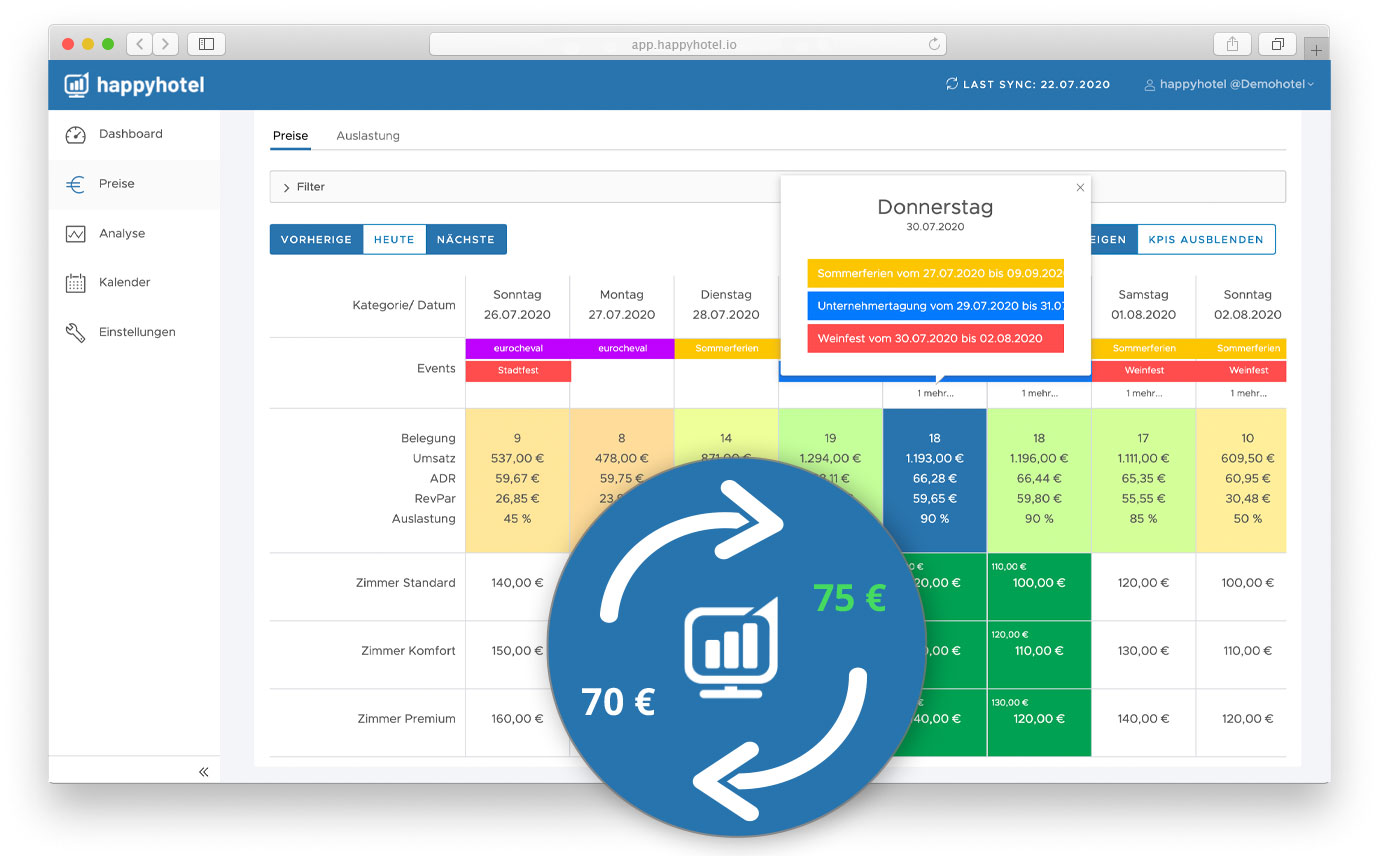


Price volatility may result in distrust and negatively impact customer loyalty.

Competitive Edge: Dynamic pricing enables businesses to stay ahead of their competitors by swiftly responding to market dynamics.By leveraging data analytics and advanced algorithms, companies can optimize pricing at a granular level. Optimized Revenue Potential: Dynamic pricing allows businesses to capture maximum revenue potential by adjusting prices in response to fluctuations in demand, seasonal variations, and changing market conditions.Dynamic pricing leverages technology and data analysis to optimize pricing and availability to maximize revenue and profitability. Revenue leakage occurs when the market value of a product or service exceeds the set price, leading to missed revenue potential.Ĭontrasting the static approach, a dynamic revenue strategy involves constantly adjusting prices based on real-time market conditions, demand patterns, and customer behavior. Revenue Leakage: By maintaining fixed prices, businesses may inadvertently allow revenue leakage.This lack of flexibility may result in missed revenue opportunities during peak periods or excessive pricing during low-demand periods. Inflexibility: Static pricing fails to account for demand fluctuations, market dynamics, and changes in customer preferences.Staff members can focus on providing excellent customer service rather than continuously adjusting prices.ĭisadvantages of Static Revenue Strategy: Reduced Operational Complexity: Static pricing reduces the complexity associated with frequent price adjustments and minimizes the risk of operational disruptions.This stability can be particularly beneficial for businesses that cater to a loyal customer base. When customers know what to expect, they are more likely to develop a sense of familiarity and return for future transactions. Customer Loyalty: Consistent pricing enhances customer trust and loyalty.This simplicity makes it suitable for small to medium-sized businesses with limited resources and expertise in revenue management. Simplicity and Ease of Implementation: A static strategy is relatively simple to implement since pricing decisions are predetermined and require less frequent adjustment.Static pricing provides consistency and predictability, allowing businesses to establish a clear pricing structure and maintain customer loyalty. This approach typically relies on market research, historical data, and competitive analysis to determine pricing levels.

This article aims to explore the advantages and disadvantages of each strategy to help hospitality companies make informed decisions about which approach suits their unique needs and circumstances.Ī static revenue strategy involves setting fixed prices for goods and services over an extended period. Two primary approaches have emerged as viable options: static revenue strategy and dynamic revenue strategy. Revenue strategies determine how businesses optimize pricing, availability, and distribution channels to maximize revenue and profitability. In the highly competitive and ever-evolving hospitality industry, revenue management plays a vital role in ensuring the financial success and sustainability of a hospitality company.


 0 kommentar(er)
0 kommentar(er)
